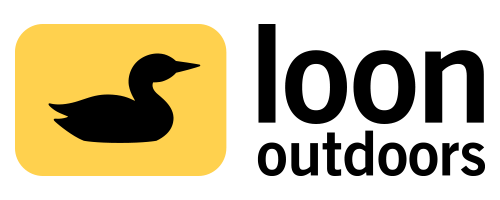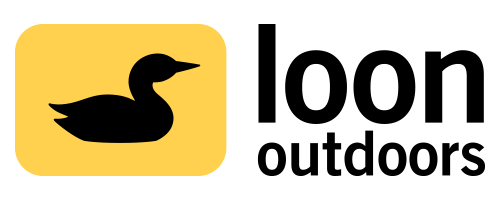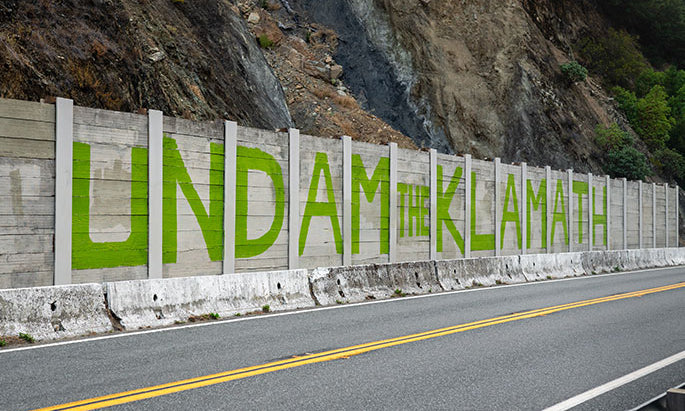Trout Unlimited's Headwater Hand Crew Initiative

Trout Unlimited’s Headwater Hand Crew Initiative: Reconnecting Floodplains for Native Fish and Reconnecting People with the Land
By Emery Hansell and Levi Old

High in headwater meadows in northeastern Oregon, the air is abuzz with the sound of chainsaws. The sawyers are hand crews from Trout Unlimited, hard at work reconnecting miles of streams to their natural floodplains.
These streams, the headwaters of the Grande Ronde and John Day Rivers, serve as the spawning grounds for native sea-run fish — including the steelhead that make these waters legendary among anglers. Other native fish found here include Chinook salmon, Pacific lamprey, and resident bull trout.


A variety of factors over the years have caused these headwaters and high meadow systems to become disconnected from their floodplains and desiccated. Restoring them is critical to the survival of the native fish and wildlife that call them home.
One former land use, in particular, contributed to the degradation of these resources: the fur trade. Pelt hunters decimated regional beaver populations and now over a century has passed with no beaver dams on the landscape to slow flows and recharge the groundwater. Combined with other legacy land use practices, the absence of beavers has transformed the complex habitat that juvenile fish rely on into simplified, incised channels and disconnected streams from their floodplains, resulting in the loss of key ecological components such as shrubs for shade, pools, spawning gravels, and water temperature diversity.
Today, according to the EPA, only 28% of perennial wadable streams in the US are in good condition. We need to restore the flow and function of waters and wetlands on a massive scale, yet traditional habitat and wetland restoration approaches that rely on heavy construction equipment are costly and therefore limited in their application. In recent years, scientists and conservationists have begun to highlight the need to treat more miles of stream on an annual basis for less cost.
To treat more river miles at lower cost, Trout Unlimited has found a way to begin to fill the beavers’ niche: hand crews. Since the pilot initiative in 2019, TU hand crews, composed of U.S. military veterans and young adults, have treated over 18 miles of headwater streams that feed into the Lower Snake and Columbia Rivers. Wielding grip hoists, chainsaws, posts, and mud, TU hand crews build beaver dam analogs and large wood jams at key points in the stream.

Although it will take five to seven years for the benefits of this work to be fully realized, the water starts to back up and recharge the floodplain as soon as the dams and wood structures are installed. Once the wood structures are in place, crews begin replanting the banks with native riparian species. The hope is that the reconnected floodplains will once again support willows and other native shrubs that beavers rely on for food and shelter, and that beavers will return to steward the land once again.

In the meantime, TU will continue to recruit and train veterans and youth for our Hand Crew Initiative. Our crews will continue to spend weeks each summer camping in headwater areas, creating the water-saving and habitat-creating structures that beavers once provided, and learning about aquatic restoration, floodplain ecology, and public and private land stewardship.

NE Oregon Hand Crew Initiative Project Partners and Funders: US Forest Service, US Bureau of Land Management, Grande Ronde Model Watershed, NF John Day Watershed Council, Bonneville Power Administration, Oregon Watershed Enhancement Board, US Bureau of Reclamation, National Fish and Wildlife Foundation, Salmon Habitat Fund, Confederated Tribes of the Umatilla Indian Reservation, Anabranch Resources, Captain Forestry, Anabranch Resources, and Northwest Youth Corp.
To learn more, visit www.tu.org



